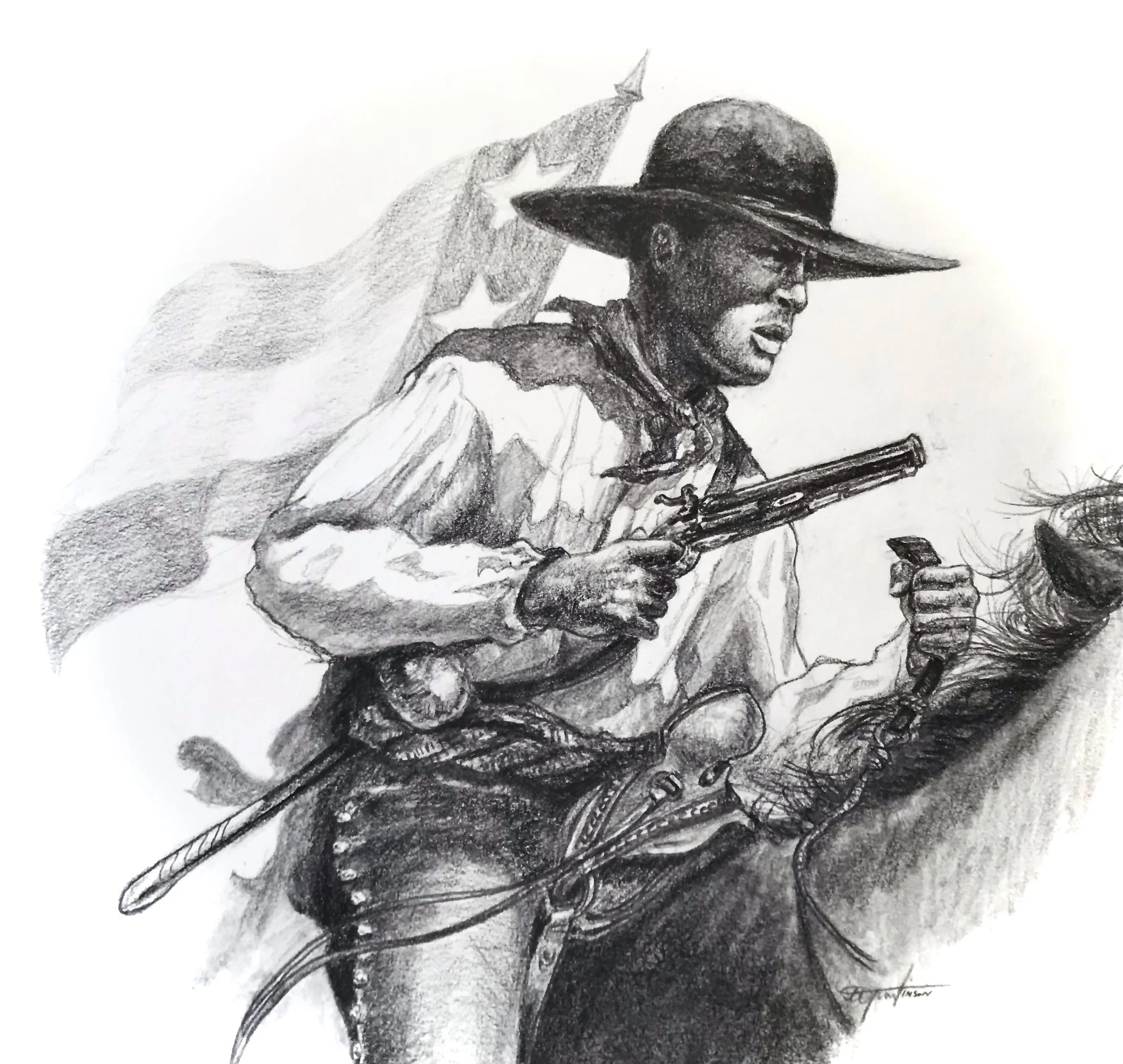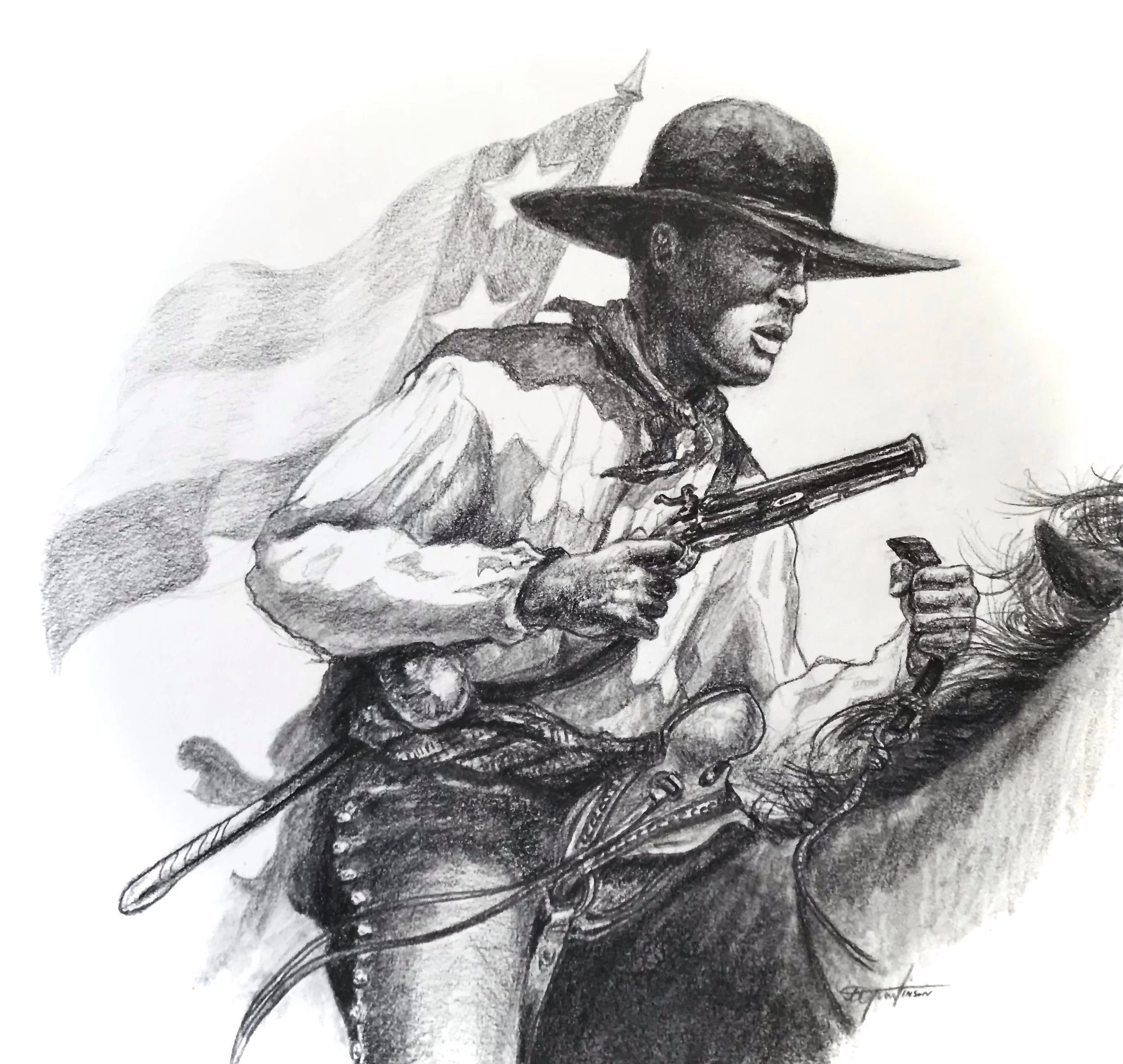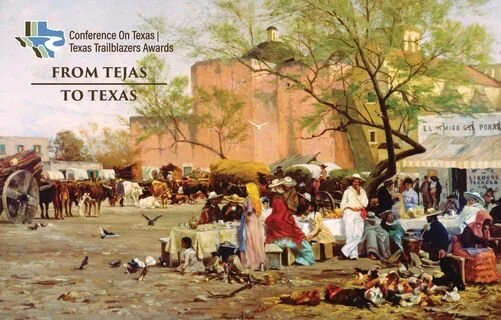4.00 - The Republic of the Rio Grande
From 1838 to 1840, the people of Coahuila, Nuevo Leon, and Tamaulipas fought against the Mexican central government for their independence. They fought under the battlefield leadership of one of the most remarkable men in Texas history and – as best I can tell – the only Afro-Tejano to have a Texas county named after him: Antonio Zapata. For the better part of a year, Zapata reigned supreme as the military leader of the region and as the avatar of his people. With his army of Rio Grande vaqueros, Carrizo Indians, and Anglo-Texian volunteers, he held as many as three Mexican centralist armies at bay, and won the respect of his enemies and the love of his men.
In following Antonio Zapata’s fight for Federalism, we also get a sort of second run at the war of Texas independence. It serves as a sort of control case to help us understand what it was that Tejanos – like Juan Seguin, who will actually later joined the Rio Grande independence movement –meant when they signed on to fight and die for their “independence.” In this light, Tejano independence comes to look like something very different than the classic, Anglo-American notion of independence as a “fresh start.” In fact, I’ll argue that it starts to look like something much more recognizably Texan: a fight for autonomy within a tradition, rather than a fight for independence from tradition.
Join us for Season 4 of A New History of Old Texas: The Republic of the Rio Grande.
Here’s some of the sources that I’ve relied on:
Anna, Timothy E. Forging Mexico: 1821-1835. Lincoln, NE: University of Nebraska Press, 1998.
Dixon, Sam Houston. “The Republic of the Rio Grande: A Story of Its Rise and Fall.” From Romance and Tragedy of Texas History (1924), reproduced on the Sons of DeWitt’s Colony website, accessed January 21, 2021, http://www.sonsofdewittcolony.org/riogrande.htm.
Gallegos, Juan José. “Last Drop of My Blood: Col. Antonio Zapata: a Life and Times on México’s Río Grande Frontier, 1797-1840.”
“Las Villas del Norte Genealogical Group,” accessed on January 21, 2021, https://lasvillasdelnorte.com.
Lindheim, Milton. The Republic of the Rio Grande (Waco: W.M. Morrison, 1964), reproduced on the Sons of DeWitt’s Colony website, accessed January 21, 2021, http://www.sonsofdewittcolony.org/riogrande2.htm.
Lott, Virgil N. and Mercurio Martinez. The Kingdom of Zapata. Austin: Eakin Press, 1953.
Milligan, James Clark. “José Bernardo Gutiérrez de Lara, Mexican Frontiersman, 1811-1841.” Ph.D. dissertation, Texas Tech University, 1975.
Plan del Rancho de Puntiagudo. University of St. Andrews, accessed on January 21, 2021, https://arts.st-andrews.ac.uk/pronunciamientos/database/index.php?id=153.
Ridout, Joseph Benjamin. “An Anti-National Disorder: Antonio Canales and Northeastern Mexico, 1836-1852.” Master thesis, University of Texas, 1994.
Smith, J.H. “La República de Rio Grande.” The American Historical Review Vol. 25: (July 1920), 660-675.
Vázquez, Josefina Zoraida, ed. El establecimiento del federalism en México (1821-1827). México: El Colegio de México, 2003.
Vázquez, Josefina Zoraida. La Supuesta República del Río Grande, Segunda edición. México: El Colegio de México, Universidad Autónoma de Tamaulipas, Instituto de Investigaciones Históricas, 1995.
Vigness, David Martell. “The Republic of the Rio Grande: An Example of Separatism in Northern Mexico.” Ph.D. dissertation, University of Texas, 1951.
Vigness, David Martell. “Relations of the Republic of Texas and the Republic of the Rio Grande.” Southwestern Historical Quarterly Vol. 57, No. 3: (January 1954), 312-321.



